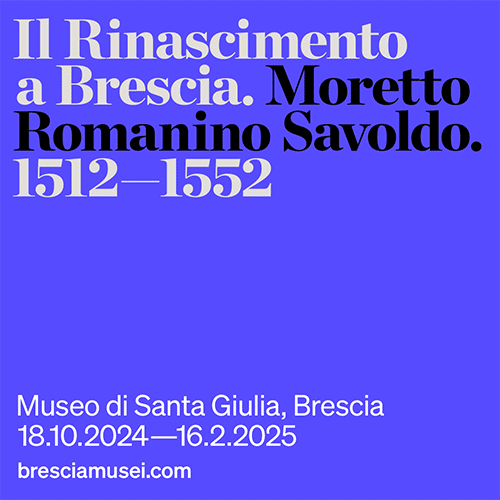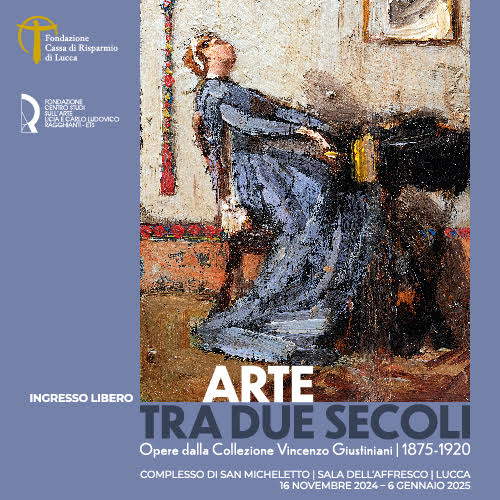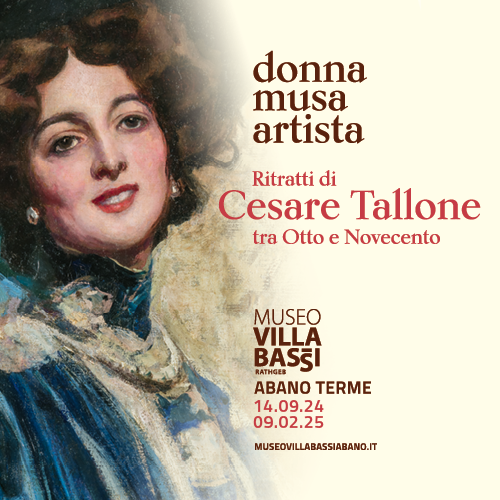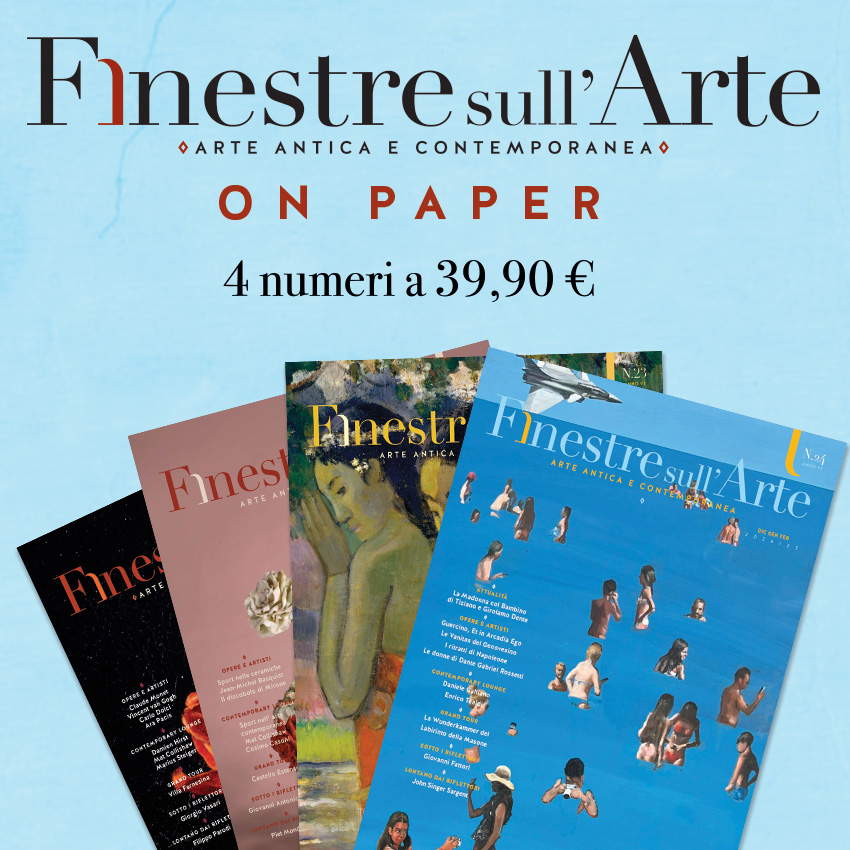Mantua, Ducal Palace will return the precious Zoiolera to the public
The Ducal Palace in Mantua is ready to reopen to the public one of its most historically precious spaces: the Zoiolera. This important milestone has been achieved thanks to the collaboration between the Ducal Palace Museum, the Diocese of Mantua, and various entities involved. The Zoiolera, once part of the Palatine complex, was commissioned by Duke Vincenzo I Gonzaga around 1590, during the works to enlarge the New Court of the Ducal Palace. This space, conceived by architect Bernardino Facciotto, was intended to house the jewels and valuables of the Gonzaga collection (“Zoiolera” literally means “place of joys”), representing an elegant exhibition room that complemented the collections of ancient marbles in the Galleria dei Mesi, those of paintings in the Galleria della Mostra, and the Wunderkammer of naturalia and mirabilia in the Galleria della Metamorfosi. Internally, the Zoiolera features a central plan with a complex architectural structure, with niches on an octagonal base and two side wings containing similarly shaped compartments, recalling in part the famous Tribuna of the Uffizi, in the years when the Gonzaga of Mantua and the Medici of Florence were related (Vincenzo had in fact married Eleonora de’ Medici) and competed in luxury and experimentation.
The space designed by Facciotto (an architect rediscovered thanks to Paolo Carpeggiani’s studies) was accessible from the Galleria della Mostra through a still existing but plugged portal, designed under the direction of Antonio Maria Viani, who was prefect of the Gonzaga factories from 1595. Over time, and particularly after the Lateran Pacts, the Zoiolera and the basilica of Santa Barbara passed to the Holy See, with the Zoiolera destined to become the residence of the basilica’s custodian in 1939. This led to a transformation of the interior and the closing of the original access from the Galleria della Mostra.
In 2022, the Diocese of Mantua decided to cede the upper floor of the Zoiolera to the Ducal Palace, retaining ownership of the ground floor. This decision, made with sensitivity to the historical and symbolic value of the space, will allow the Zoiolera to be returned to public use. The transfer procedure, which has just been completed, involved the Superintendence of Mantua, the Regional Secretariat of Lombardy, the State Property Agency and the General Directorate for Museums. This project marks an important reappropriation of a space of great historical and artistic significance, which will finally become accessible to the public again within the museum itinerary of the Ducal Palace.
“The path that led us to regain possession of the main floor of the Zoiolera,” says the director of the Ducal Palace, Stefano L’Occaso, “was long and articulated, but we were guided by the expertise of the officials of the Agenzia del Demanio, and I want to thank here especially the executive Massimiliano Iannelli and the official Paola Pala. Had it not been for the far-sighted willingness of the Diocese, this dream could never have been realized, and so we owe it to our Bishop, His Excellency Marco Busca, to have been able to start the operation, followed step by step by Monsignor Claudio Giacobbi and architect Alessandro Campera. The Superintendence, in the person of Gabriele Barucca and his officials, immediately grasped the value of this project, facilitating and accompanying it even in these early planning stages. In fact, we are proceeding with the first interventions aimed at the elimination of modern superfetations and a better understanding of the internal architecture of the space, before starting its recovery and restoring the connection with the Exhibition Gallery.”
“Every time walls are knocked down and doors are reopened,” says Marco Busca, bishop of Mantua, “the Christian community rediscovers its fidelity to the Gospel, even in very delicate and complex patrimonial and real estate matters like this one. The basilica of Santa Barbara is recovering, thanks to the collaboration between the diocese and the Ducal Palace, the physical gateways and, above all, the cultural links with the palace and the city. It has been for centuries the liturgical and ceremonial heart of the Court and its architectural center of gravity.”
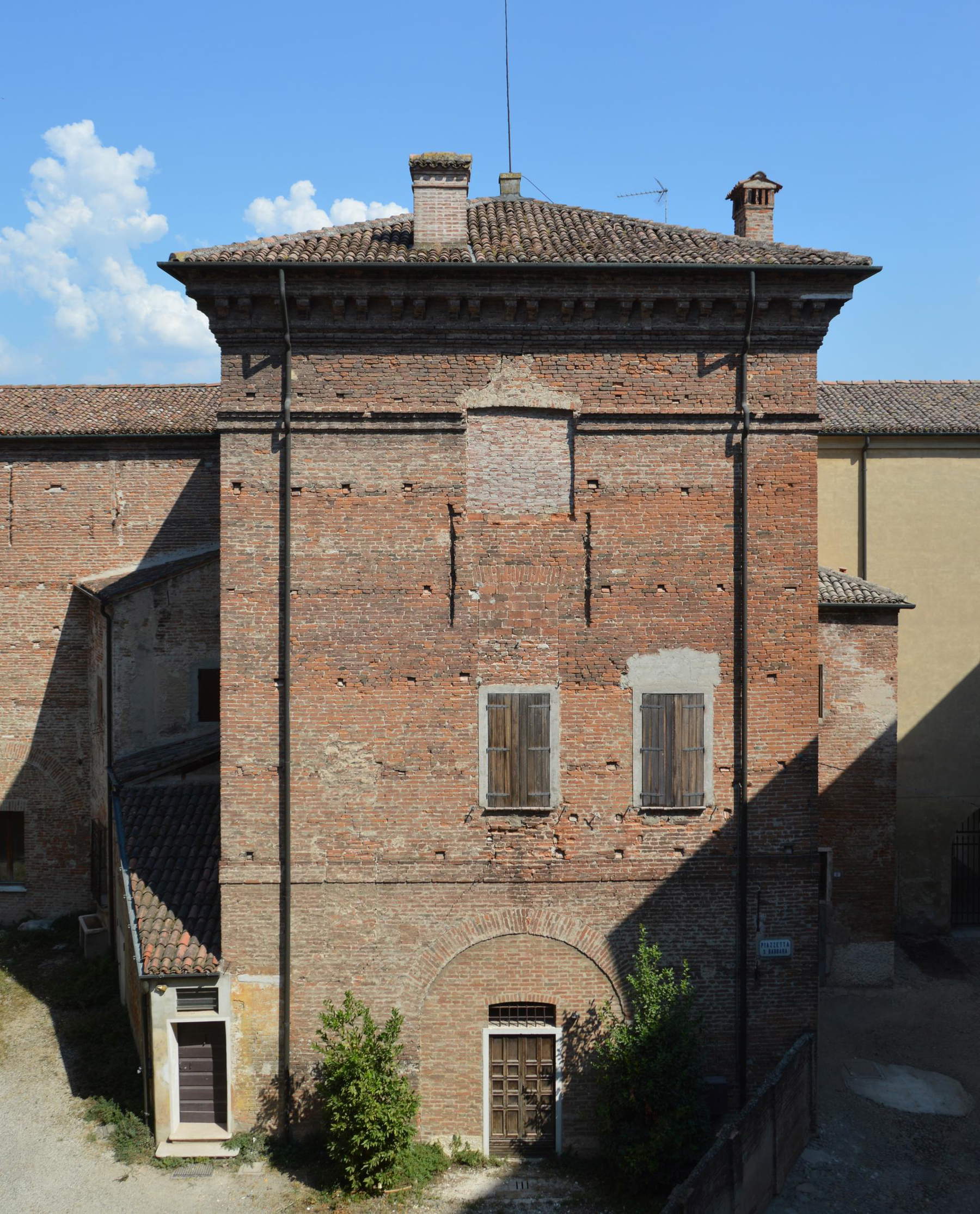 |
| Mantua, Ducal Palace will return the precious Zoiolera to the public |
Warning: the translation into English of the original Italian article was created using automatic tools. We undertake to review all articles, but we do not guarantee the total absence of inaccuracies in the translation due to the program. You can find the original by clicking on the ITA button. If you find any mistake,please contact us.






